Tag: weaning
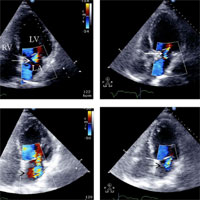
LV Overloading Identified by Critical Care Echocardiography is Key in Weaning‑induced Pulmonary Edema
Spontaneous breathing trial (SBT) failure due to WIPO appears related to overloaded LV, including the worsening or development of mitral regurgitation, associated with excessive accumulated fluid balance. SBT-induced central... read more
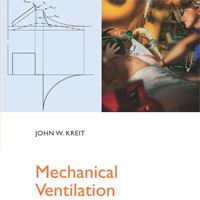
Mechanical Ventilation: Physiology and Practice
Mechanical ventilation is an essential life-sustaining therapy for many critically-ill patients. As technology has evolved, clinicians have been presented with an increasing number of ventilator options as well as an ever-expanding... read more
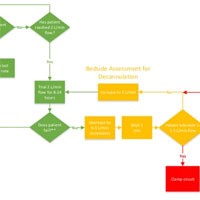
How I Approach Weaning from Venoarterial ECMO
Weaning from VA-ECMO remains a challenging but critically important step in device management. The key is to balance minimizing complications associated with device support with the potential for hemodynamic deterioration... read more

Impact of Levosimendan on Weaning from Peripheral VA-ECMO in ICU
This study suggests that levosimendan might be associated with a beneficial effect on venoarterial extracorporeal membrane oxygenation (VA-ECMO) weaning in ICU patients. The difference in mortality among propensity-matched... read more

Effect of Protocolized Weaning With Early Extubation to Noninvasive Ventilation vs Invasive Weaning on Time to Liberation From Mechanical Ventilation Among Patients With Respiratory Failure
Among patients requiring mechanical ventilation in whom a spontaneous breathing trial had failed, early extubation to noninvasive ventilation did not shorten time to liberation from any ventilation. Among 364 randomized... read more
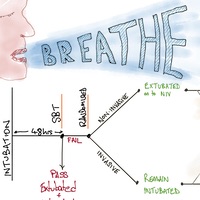
Effect of Protocolized Weaning With Early Extubation to Noninvasive Ventilation vs Invasive Ventilation
This complex randomized, controlled trial failed to demonstrate that early extubation to non-invasive ventilation reduced the total time of mechanical ventilation. I will continue to extubate early and will use non-invasive... read more
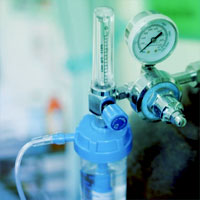
Added Benefit of Noninvasive Ventilation to High-Flow Nasal Oxygen to Prevent Reintubation in Higher-Risk Patients
Liberating patients from ongoing invasive mechanical ventilation is typically a 3-step process. First, clinicians must recognize that patients may no longer require mechanical ventilation, when the reasons for intubation... read more
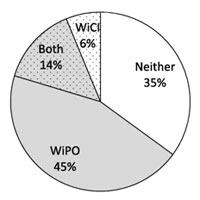
Myocardial Ischemia During Ventilator Weaning
This observational study showed the pulmonary edema (WiPO) occurred in a significant number of critically ill patients who failed a first spontaneous breathing trial (SBT), while cardiac ischemia (WiCI) was less frequent.... read more
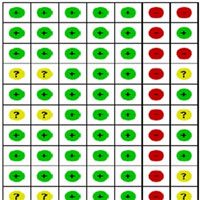
Automated vs. Non-automated Weaning for Reducing Mechanical Ventilation Duration for Critically Ill
Automated systems may result in clinically meaningful reduced durations of weaning, ventilation and ICU stay. Overall, these systems appear to be safe and can be considered a reasonable approach in the management of ventilator... read more

Beyond Ventilator-induced Diaphragm Dysfunction
Respiratory muscles are essential to ensure the vital function of breathing. The diaphragm is a unique respiratory muscle, because it contracts throughout the individual's life span without resting, not even during sleep.... read more
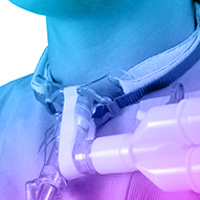
Score for Predicting Ventilator Weaning Duration in Patients With Tracheostomies
A score derived from ventilator settings may help clinicians predict the timing of ventilator liberation in patients requiring prolonged mechanical ventilation. Of 372 patients, 72% were liberated from mechanical ventilation.... read more
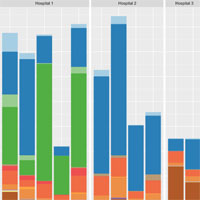
Modes of Mechanical Ventilation Vary Between Hospitals and ICUs within a University Healthcare System
As evidence-based guidance to aid clinicians with mechanical ventilation mode selection is scant, we sought to characterize the epidemiology thereof within a university healthcare system and hypothesized that nonconforming... read more
Weaning from the Ventilator and Extubation in ICU
Current research is focusing on preventing extubation failure, especially in the most challenging cases. The use of weaning protocols – written or computerized – attempts to early identify patients who are able to breathe... read more

Finding the Best Strategy to Improve Weaning Outcomes
Respiratory muscle dysfunction, being a common cause of weaning failure, is strongly associated with prolonged mechanical ventilation (MV) and prolonged stay in intensive care units. Strategies to improve weaning outcomes... read more




